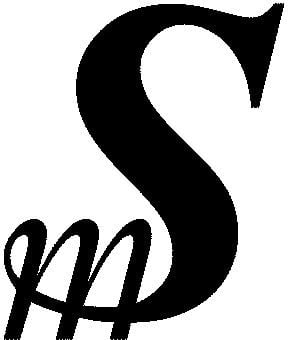 | ||
The spesmilo (pronounced [spesˈmilo], plural spesmiloj [spesˈmiloi̯]) is an obsolete decimal international currency, proposed in 1907 by René de Saussure and used before the First World War by a few British and Swiss banks, primarily the Ĉekbanko esperantista.
The spesmilo was equivalent to one thousand spesoj, and worth 0.733 grams (0.0259 oz) of pure gold (0.8 grams of 22 karat gold), which at the time was about one-half United States dollar, two shillings in Britain, one Russian ruble, or 2½ Swiss francs. On 19 January 2014, that quantity of gold would be worth about $33 U.S. dollars, £22 British pounds, ₽2137 Russian rubles, and SFr 29 Swiss francs.
The basic unit, the speso (from Italian spesa or German Spesen; spesmilo is Esperanto for "a thousand pennies"), was purposely made very small to avoid fractions: (on 19 January 2014) US$0.033 or 3.3¢, UK£0.022, Russia ₽2.137 and Switzerland SFr 0.029.
Sign
The Spesmilo character, called Spesmilsigno in Esperanto, is a monogram of a cursive capital "S", from whose tail emerges an "m". The currency sign is often typeset as the separate letters Sm. The character has been assigned the Unicode codepoint U+20B7 Spesmilo sign (HTML ₷) and is included in Unicode version 5.2.
